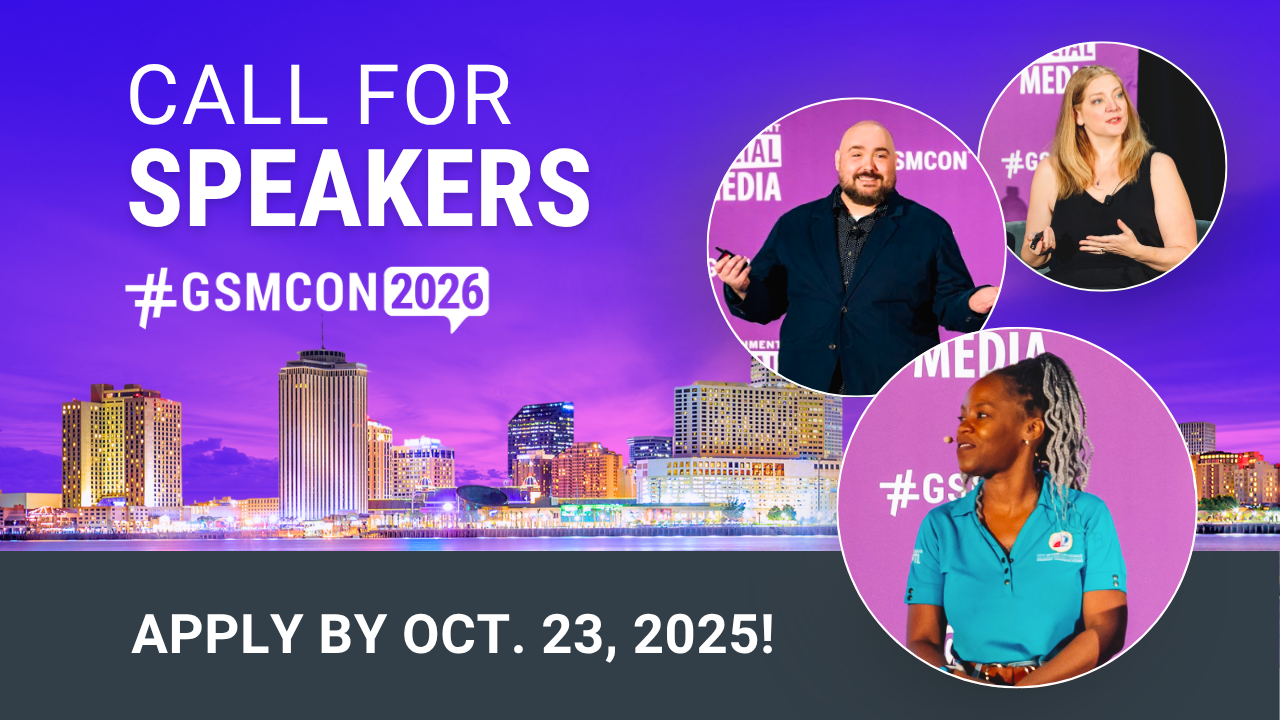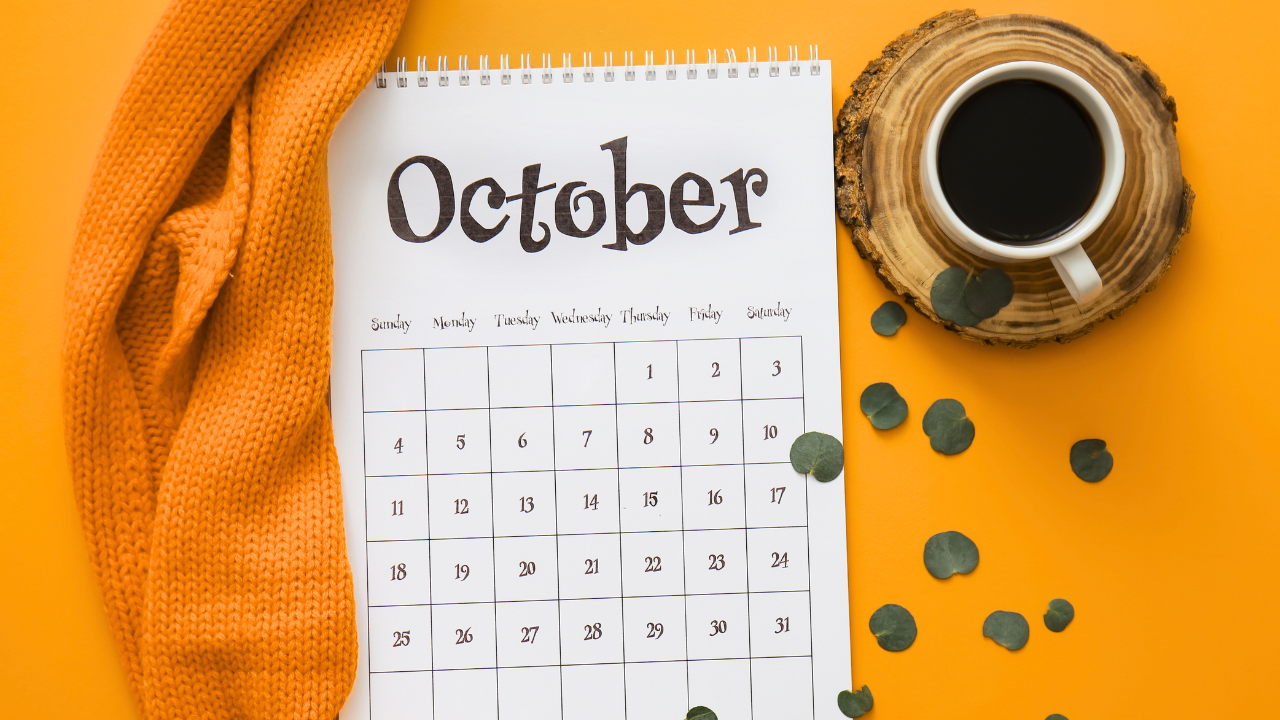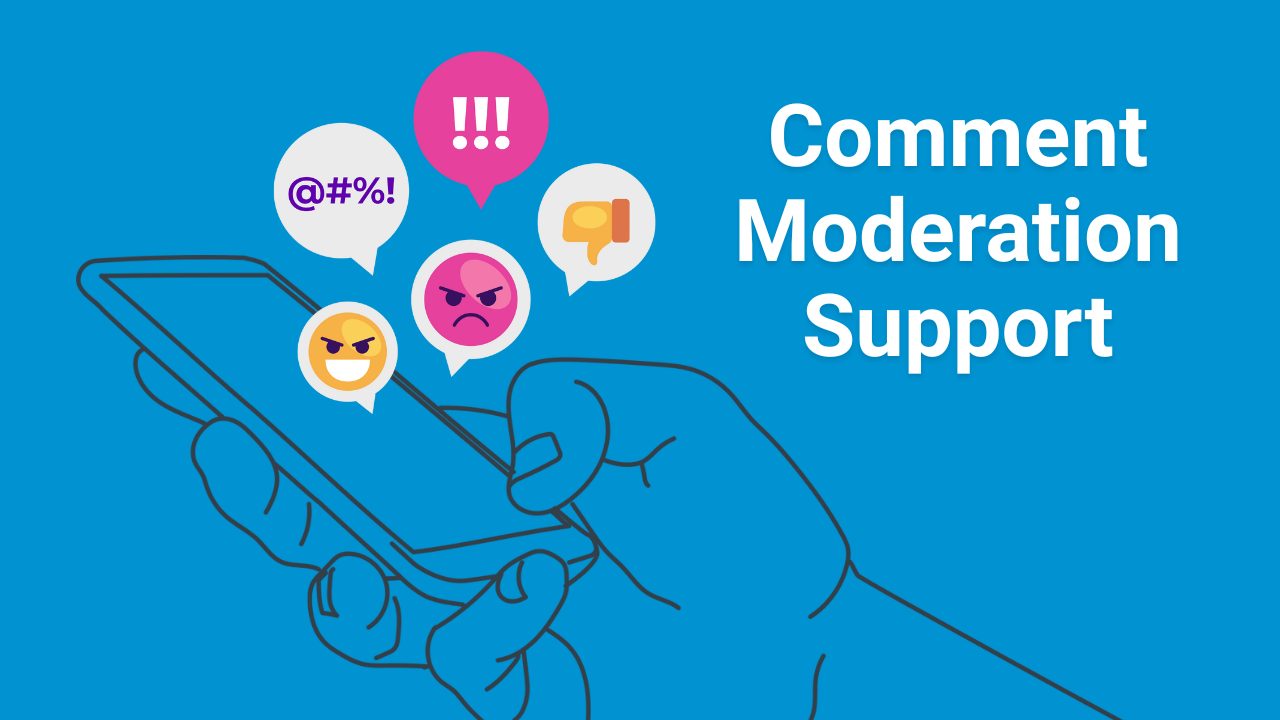
3 social media metrics socialgovs should track in 2023
Jan 25, 2023Contributed blog by Angie Ramirez, Freelance Writer at Government Social Media
New year, new goals and new opportunities to showcase the value of social media to your government agency leadership.
If you’ve been thinking about refreshing your social media reports, now is the perfect time to start tracking powerful metrics that tell the story of your agency’s social media performance.
Monthly reporting allows you to keep your finger on the pulse of what content is performing best in your community. It also allows you to showcase how social media is helping your agency achieve its overall communications goals.
A good social media report is a clear and concise representation of your hard work. And while it’s great to track additional KPIs — Key Performance Indicators — for internal strategizing and benchmarking, keeping it simple can pay off big time when sharing your reports with leadership.
So which metrics matter most? And which should you include in monthly and year-end reports? As we dive into the new year, here are the top three social media metrics all socialgovs should track and share with leadership in 2023.
Engagement: likes, comments, shares, saves and clicks
Engagement is arguably the most important social media metric because it indicates that not only did someone see your social media post, but they liked it enough to interact with it, too.
An engagement occurs any time a user interacts with a social media post. This includes liking/reacting, retweeting, commenting, sharing with a friend, saving the post or clicking a link. Tracking the total number of engagements each month can be a great way to showcase that your audience is paying attention to and responding to your content.
Whether you’re trying to increase awareness of a new program/service, sharing a PSA, or launching an educational campaign, engagement is an important indicator that people are paying attention.
Total Engagement vs. Engagement Rate
When creating monthly reports to share with leadership, I recommend including the total number of engagements across social media channels for the month. This is an impressive way to showcase the power of social media to connect and engage with your community.
Another way to track engagement is via engagement rate (which is the number of engagements divided by the number of impressions and multiplied by 100). While engagement rate is an insightful KPI for socialgovs to understand how individual posts or overall social media accounts are performing, this percentage may be more difficult for leadership to contextualize and understand. While government social media professionals may know that a 6% engagement rate is high, those who do not work in the social media industry may not understand the impressiveness of this metric.
Sticking to total engagements rather than the engagement rate percentage can help ensure your reports are easy to digest and accurately showcase your hard work.
Impressions
If public awareness is something your organization struggles with, then impressions are another critical metric you need to track. Impressions are the number of times your social media posts were displayed on a feed/timeline. This number represents the potential eyes on your social media posts, increasing awareness of your organization and its programs/services.
If you find that leadership is impressed by your total engagement numbers, impressions will likely make an even greater impact. This is because not everyone who sees your content engages with it, so impressions will always be higher than engagement. But, just because someone did not interact with a post doesn’t mean they didn’t absorb the message.
Including total impressions on your monthly social media reports can help showcase how social media is putting information at the fingertips of your target audience.
NOTE: Impressions and reach are often used interchangeably, but they have different meanings. I recommend sticking to impressions as your KPI because this metric is more concrete and straightforward. For a breakdown of impressions vs reach, view this guide.
Growth
Last but not least, another important metric for social media reporting is growth. Government social media communicators have a unique and important job of creating an online community that represents their residents/service area. Social media can be a key touchpoint for residents to connect with government agencies and neighbors, build community pride and stay up to date with relevant news.
While some consider follower count as a vanity metric, it can be so much more than that in the public sector. The important thing is to attract the right followers. Inflating your follower count with bots or “follow for follow” accounts is not going to be effective. Instead, learning how to attract real followers in your target audience can help create a sense of community and support your overall communication goals.
In terms of reporting, I recommend including the total month-over-month growth across social media accounts to show how you’re working to reach diverse areas of your community. Keep in mind that your followers should reflect your organization's population/service area. Don’t worry about comparing your social media following to other government entities, instead focus on growing your audience within your community.
Whether you’re tracking these metrics manually or through a reporting tool, having clear and concise metrics you can refer back to month after month, year after year, will help you quantify the impact of social media for your organization’s communications goals.
Learn more about social media reporting at GSMCON2023!
Want to learn more about streamlining your social media reports and taking them to the next level?
Sabrina Merritt, the Founder & CEO of October Social Media, will be hosting an in-person, pre-conference add-on workshop on Creating Effective Social Media Reports Your Boss Loves & Understands at this year’s Government Social Media Conference. Last time Sabrina spoke on this topic, socialgovs were busy furiously taking notes, and now the workshop is back by popular demand. Workshops are exclusively in-person and will not be livestreamed or recorded, so get your tickets & add-on workshop now.
Meet the author
Angela Ramirez (Pitts)
Freelance Writer - Government Social Media LLC
Angela Ramirez (Pitts) is the Communications Strategist for the City of Tampa. Her primary responsibilities include managing the City’s social media profiles and assisting the Marketing & Communications department with all external communication needs. Angela helped grow the City’s Instagram profile from less than 1k followers to over 100k in 5 years. She also helped the City of Tampa become one of the first municipalities to join TikTok. Her work in social media has been featured by national outlets, including CNN Politics and Smart Cities Drive.
Best communicate with the public you serve and get connected with fellow socialgovs by registering for the 2023 Government Social Media Conference happening in Reno-Tahoe, Nevada! Join our free network for bi-weekly Government Social Media Chats or professional association for member-only webinars. Sign up for our newsletter to get the latest updates on training, events and more.
We support the largest network of government social media professionals in the U.S. by guiding government agencies through complex social media issues. Government Social Media helps you successfully communicate with the public you serve, protect your agency and keep public trust while finding your support community.
Government Social Media® empowers government professionals to achieve mastery in social media through conferences, online training, and association membership. Best communicate with the public you serve and get connected with fellow socialgovs by registering for the 2026 Government Social Media Conference happening in New Orleans, LA and virtually from wherever you are! Join the free GSM Network for text-only chats on socialgov topics or access the Government Social Media Association (GSMA) for regional virtual meetups and educational webinars.










